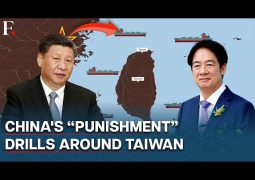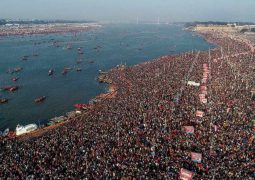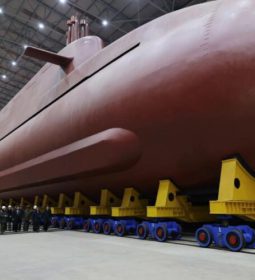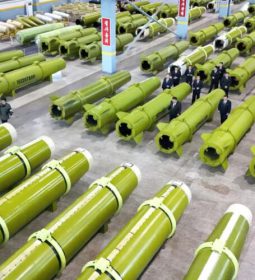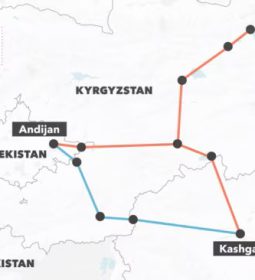Technical Problems, Slowing Economy Cut China’s Carrier Ambitions
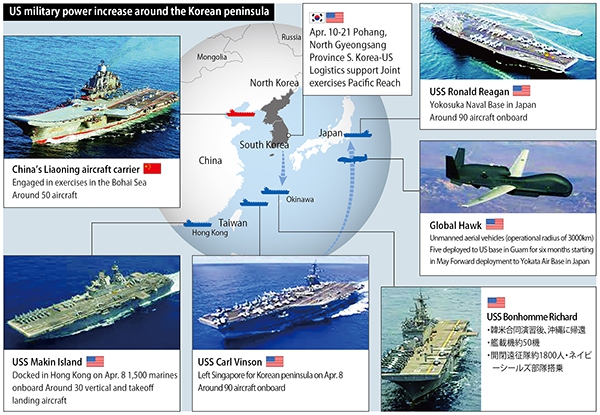
Plans to build more than four aircraft carriers apparently put on hold.
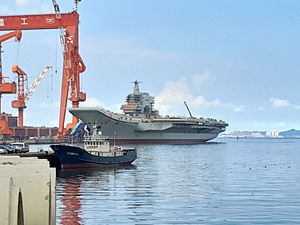
The PLA Navy has two aircraft carriers afloat, the Liaoning, a re-fitted ex-Soviet carrier, and an indigenously built evolution of the Liaoning design, the Type 001A that launched in 2018 and currently undergoing sea trials. A third larger, more advanced design, the Type 002, has been under construction since 2017 and a second of that type is planned. The South China Morning Post that those two Type 002 carriers will be completed, but that a planned fifth carrier and a future nuclear-powered carrier design have been put on hold.
This is a significant contraction of China’s carrier ambitions. Earlier this year, Chinese naval experts that the PLA Navy would have at least six carrier groups by 2035 and that four of them would be led by nuclear-powered aircraft carriers. Chinese President Xi Jinping tasked the PLA to complete modernization by 2035.
But internal military sources that engineers were struggling to overcome technical challenges with the Type 002 and also lacked the expertise to translate its experience with nuclear-powered submarines to propel a new nuclear-powered aircraft carrier design. “There is no plan to build more aircraft carriers,” the source said.
If this is true, it appears to have been a rapid change in the PLA Navy’s strategic direction. The Center for Strategic and International Studies, a U.S. think tank, procured commercial satellite images earlier this year =China has added massive new shipbuilding infrastructure to the facilities currently building the Type 002 carrier. A CSIS expert told Reuters that “It is hard to imagine all this is being done for just one ship. This looks more like a specialized space for carriers and or other larger vessels.
China’s carrier ambitions, and the new shipbuilding infrastructure that appears to have been built to support that ambition, may have been products of a more hopeful strategic environment and more generous economic situation. Over the summer, military sources the South China Morning Post that the PLA Navy was reconsidering its shipbuilding plans in light of China’s slowing economy and the massive costs associated with not only building a large modern fleet, but operating and maintaining it. These decisions would not just affect aircraft carriers, but China’s advanced new destroyers and amphibious assault ships as well.
The spiraling costs of China’s new fleet highlights the uncertain strategic return on its investment. Aircraft carriers are only as effective as the aircraft that can take off from it, and China faces even greater technical barriers to building advanced, next-generation carrier aircraft than it does making the carriers work for them to take off from. “China may need 10 to 20 years to develop a new generation of carrier-based warplanes, meaning the J-15 is likely to be the main warhorse for some time, despite it still having engine and flight control problems,” once source told the SCMP. Without new aircraft, the combat capability of China’s carrier fleet will remain at a significant disadvantage to the United States’.
Further, with the Liaoning and first Type 002, half of China’s carrier fleet will also be beset by so-called “first-in-class problems,” technical and engineering issues that aren’t apparent in new designs until the ships begin to be operated. Some of these problems can never be completely corrected, leading to the first ships of new designs having more limited capability than subsequent ships of the same design. For these reasons, the PLA Navy originally envisioned Liaoning filling only training and testing roles, not an operational combat one.
But If China’s carrier fleet is ultimately limited to only four hulls, having one relegated exclusively to training significantly reduces its capacity to conduct operations. As a result, the PLA Navy says that it is upgrading the Liaoning to be able to serve some combat role. In April, senior officers on the Liaoning state media that “The Liaoning is shifting from a training and test ship to a combat ship. I believe this process is going faster and faster, and we will achieve our goal very soon.”
China may also be coming to terms with the challenges that its carrier fleet would face operating within the so-called first island chain. Southeast Asian navies have been rapidly expanding and modernizing their submarine fleets. Singapore focuring four advanced submarines from Germany, Indonesia is buying and indigenously assembling a new submarine fleet from South Korea, and Vietnam has been procureing a fleet of advanced Russian submarines.
Armed with modern torpedoes and anti-ship missiles, these submarines could severely limit the ability of China’s aircraft carriers to operate freely in the South China Sea in a conflict. Elsewhere in the western Pacific, South Korea and Japan both produce advanced indigenous submarines, and Taiwan is developing its own domestic submarine program. And outside the first island chain, China’s carriers would have to face the United States’ premier nuclear-powered and modernizing submarine fleet.
Faced with greater technical challenges and lower operational effectiveness than expected, an increasingly threatening operating environment, spiraling costs, and a slowing economy, China’s possible decision to truncate it aircraft carrier fleet looks less surprising and more like strategic prudence.
- Previous US stages 85 military exercises with regional allies in 2019
- Next No, Pakistan’s Gwadar Port Is Not a Chinese Naval Base (Just Yet)







